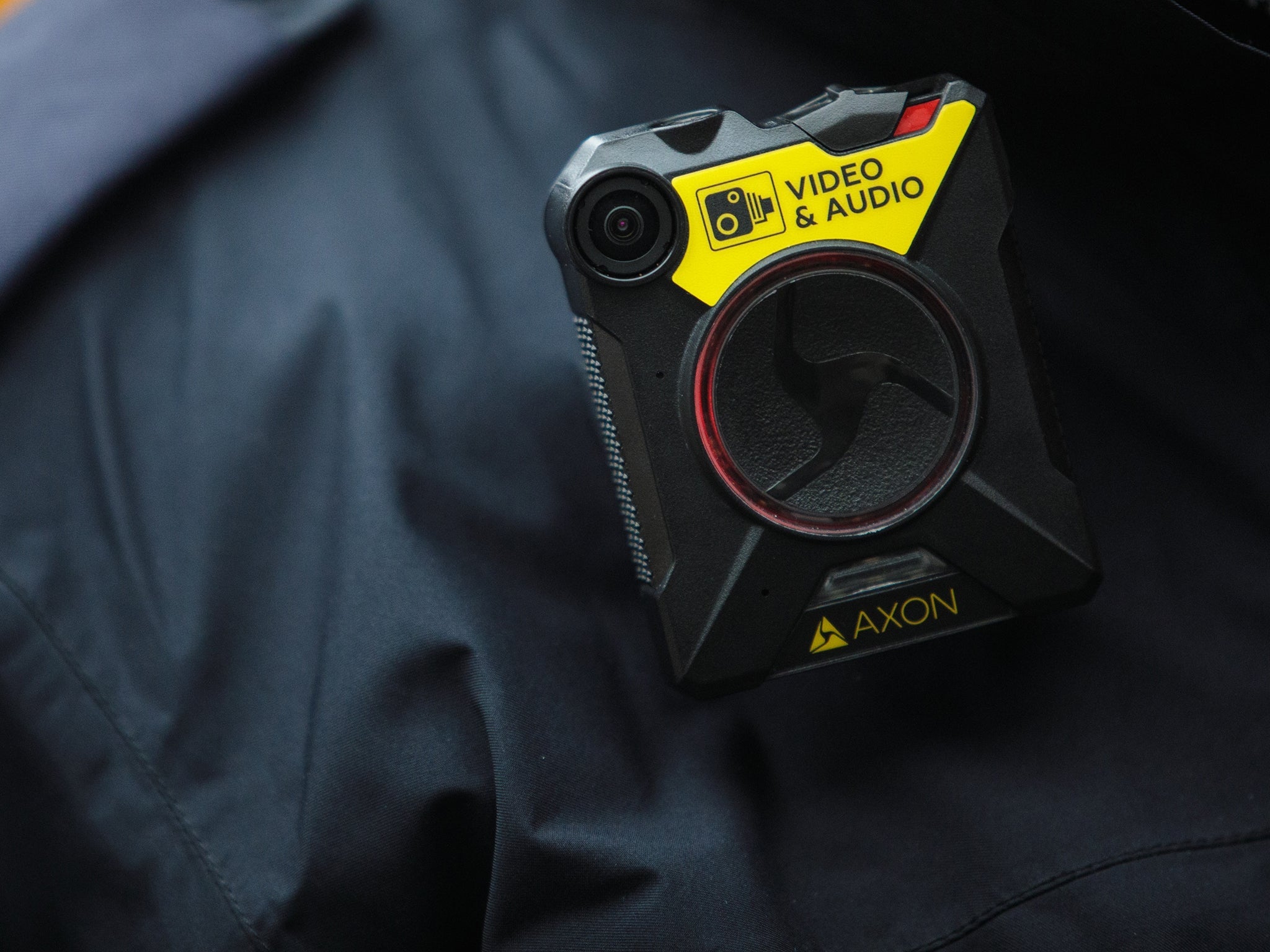Here’s why plans to force body cameras on bailiffs won’t curb the cowboys
Inside Business: They were seen as a potential solution to police violence against African Americans in the US but researchers found little evidence of improvement

“Body-worn cameras to curb aggressive bailiffs,” declared the Ministry of Justice, hailing plans to make them compulsory as “decisive action” on behalf of vulnerable consumers.
Turning every bailiff into the star of their own low-rent version of Channel 5’s ghoulish Can’t Pay? We’ll Take it Away! should, so the theory goes, cause them to think twice before indulging in the sort of behaviour that’s left debt advice charities grappling with a blizzard of complaints.
As I previously wrote, Citizens Advice said it helped 40,000 people with almost 104,000 bailiff problems in the year to the end of March, a 16 per cent increase over the previous year.
Knowing they’re on camera should make the industry’s bad boys think twice, right?
You might think so, but it’s actually open to question.
Body-worn cameras (BWCs) have also been seen as a potential solution to the problem of police violence against African American men and women in the US. But when researchers from George Mason University performed a comprehensive review of the evidence, they found that they “have not had statistically significant or consistent effects on most measures of officer and citizen behaviour or citizens’ views of police”.
“BWCs will not be an easy panacea for improving police performance, accountability, and relationships with citizens,” their study, published in March, concluded.
The research, in fact, indicates that body cameras are only as successful as the departments they are adopted by. The good ones remain good. The bad ones don’t improve.
If that’s reflected in the way bailiffs respond to them on this side of the pond, you wouldn’t expect a meaningful reduction in the number of complaints. Quite the reverse.
The other major flaw with the idea was highlighted by Gillian Guy, the chief executive of Citizens Advice. It is this: Who’s going to oversee how they are used?
There’s not a lot of point putting cameras on bailiffs if no one’s watching the footage.
And with no independent oversight, want to bet that some practitioners may be tempted to accidentally deliberately fail to put the batteries in or ensure the camera gets a good clout on the way to a “difficult” assignment?
Research from Citizens Advice and debt charity Step Change has revealed a somewhat cavalier approach to the law among large parts of the industry so this wouldn’t come as a great surprise.
Their November report, A Law Unto Themselves, found one third (850,000) of the 2.2 million people contacted by a bailiff in the previous two years experienced them pushing the limits of the law.
The experience of the US suggests that cameras won’t change that.
What might is proper oversight: a regulator with the powers to enforce the rules, watch the footage and chase cowboy bailiffs out of the industry.
The fact that we don’t have one is slightly bizarre given the vulnerability of the people bailiffs often deal with, the scope for abuse, and the fact that far less controversial activities are regulated.
Is it because the people at the sharp end are vulnerable and usually poor? I do wonder.
A call for evidence on the industry from the ministry went out at the end of last year. It is to be hoped that there’ll be some more movement on the subject of regulation in response to it later this year.
Those cameras? They’re good for a headline or two but they are not a solution.
Join our commenting forum
Join thought-provoking conversations, follow other Independent readers and see their replies
Comments